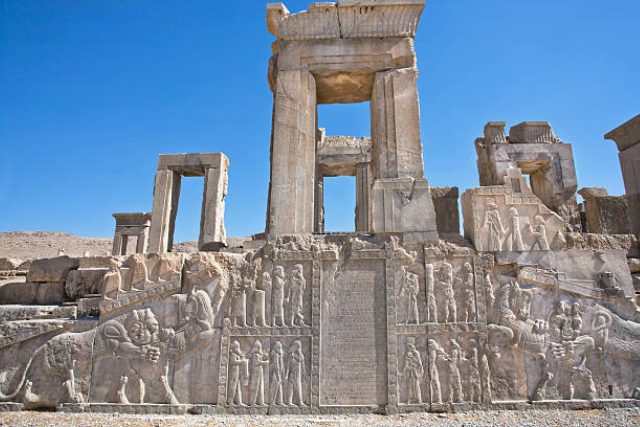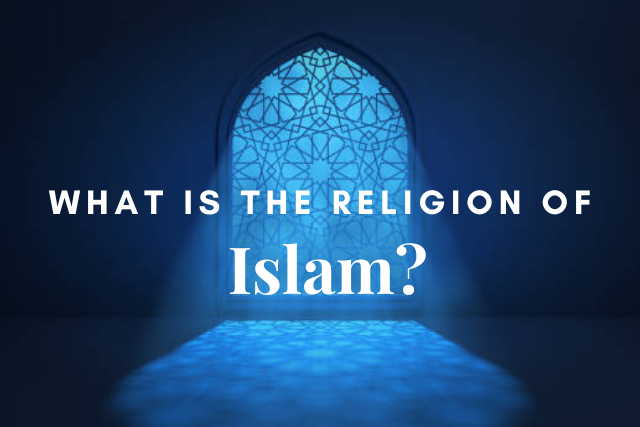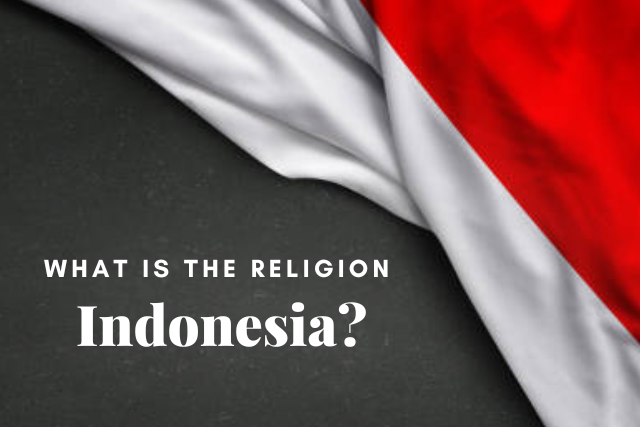What is the Religion of Zoroastrianism | Revealing the Mighty Faith

Travel back in time to ancient Persia and unravel the secrets of ‘What is the religion of Zoroastrianism?’ This ancient faith claims to be one of the world’s first monotheistic religions, predating even Judaism.
Come along with us to explore the main ideas, customs, and lasting impact of Zoroastrianism. It’s going to be an interesting journey!
What is the Religion of Zoroastrianism?

Zoroastrianism is one of the oldest religions, around for more than 3,500 years. It started with nomadic tribes in Iran and northern India who followed an old Indo-Iranian religion.
Zoroastrianism has roots in the Vedic religion of Ancient India and Hinduism. About 2,000 years ago, it kicked off in Central Asia and then spread to Iran.
Zoroastrianism was a big deal during the Achaemenid (550–330 B.C.E.), Parthian (247 B.C.E.–224 C.E.), and Sasanian (224–651 C.E.) empires. It mixed with Judaism, Christianity, and Islam. But things changed when the Arabs took over the Sasanian Empire.
After that, in the 11th and 13th centuries, Zoroastrians moved to desert towns like Kerman and Yazd. Now, they’re a small group in Iran, about 10,000 to 30,000 strong.
After the Arabs took over in 651 C.E., many Zoroastrians left Iran for the Indian subcontinent. They became known as the Parsis and did well under British Colonial rule. Eventually, Zoroastrians moved to different parts of the world, like Britain, America, and Australia, creating communities that still exist today.
What Does Zoroastrianism Beliefs?

Zoroastrianism revolves around the belief in one main god, Ahura Mazda. This god is all-knowing, all-powerful, and everywhere. People can’t fully understand him, and he never changes. Ahura Mazda is the creator of everything and the source of all goodness and happiness in the world.
Zoroaster, the prophet, is followed as a guide to God, not worshipped. The path he lays out is one of truth and righteousness, leading people to Ahura Mazda.
Alongside Ahura Mazda are Amesha Spentas, immortals representing divine qualities. These qualities help people understand God better. Vohu Manah stands for good mind and purpose, Asha Vahishta for truth and righteousness, Spenta Ameraiti for holy devotion, serenity, and loving kindness, Khashathra Vairya for power and just rule, Hauravatat for wholeness and health, and Ameretat for long life and immortality.
In opposition to the goodness is Angra Mainyu, God’s adversary dwelling in hell. This dualism has two aspects – cosmic and moral. On a cosmic level, it’s the struggle between God and Angra Mainyu, who introduces evils like death and sickness into God’s pure world. Morally, it reflects the inherent good and evil within human beings.
Zoroastrians Practice Their Faith?
Zoroastrians don’t actually worship fire, even though fire is important to their beliefs.
In their prayers, Zoroastrians face towards fire or light. Which symbolizes the divine light of Ahura Mazda. They’re not big on rituals; instead, they focus on being good through ‘Good Words, Good Thoughts, and Good Deeds.’
To show these values, Zoroastrians wear a cord called a kusti with three knots. They also like coming together for worship during festivals or events like weddings or the navjote, which welcomes kids into Zoroastrianism. They don’t stress temple worship and are free to pray at home.
Zoroastrian Living in Today’s World
Few Zoroastrians are left in the world, and most of them live in India and Iran. There are only about 200,000 Zoroastrians left, and their numbers are getting smaller.
In the Zoroastrian community, people often get married late and don’t have many kids. This is a big reason why there are fewer and fewer Zoroastrians. Also, they don’t accept kids from marriages where people are from different religions. Which makes it harder for new people to join their faith.
But, Zoroastrianism is still doing okay in the modern world. People who follow it, called Parsis, are doing well in India. Some important Parsis are J.R.D Tata, who was a big businessperson and a kind person who helped others, early freedom fighters Pherozshah Mehta and Dadabhai Naoroji, famous conductor Zubin Mehta, Freddie Mercury from the band ‘Queen,’ and a popular writer named Rohinton Mistry.
Some Facts about Zoroastrianism

Zoroastrianism might have had a big impact on Christianity and Judaism. They might have gotten the ideas of heaven and hell from this religion. In Zoroastrianism, they believe that everything God created is pure and good.
Because of this, they’re very careful not to pollute or harm rivers and trees. That’s why some people call it the first eco-friendly religion.
FAQs
Who is the God in Zoroastrian?
Ahura Mazda is the main god in Zoroastrianism, which comes from ancient Persia, now Iran. Zoroaster, one of the first people to believe in only one god, thought Ahura Mazda was the true god, bringing both light and darkness. Ahura Mazda had different aspects, and darkness and evil were shown as Angra Mainyu.
Which religion is Zoroastrianism similar to?
It’s important to know that Zoroastrianism, with its view of good and bad, is more like Abrahamic religions than Hinduism and other Asian religions. According to Zoroastrianism, Ahura Mazda made all the good in the world, and Ahriman made all the bad.
What is the central idea of Zoroastrianism?
The main idea in Zoroastrianism is the big difference between good and bad. It says that God, Ahura Mazda, made the world so that good and bad could fight, and eventually, the bad will be stopped.
What are Zoroastrians not allowed to do?
Zoroastrians were told not to build new houses or fix old ones. They used different ways to try to get more people to join their religion. According to a rule, if someone in a family changed to Islam, they got all the inheritance. Also, they couldn’t take up jobs that made a lot of money.
Are there any Zoroastrians left?
As of 2018, guesses say there are around 100,000–200,000 Zoroastrians all over the world.
Summing Up
In conclusion, the question ‘What is the religion of Zoroastrianism?’ invites us to explore a unique perspective on life, the world, and our individual roles. Zoroastrianism, with its emphasis on free will and personal responsibility, resonates with those seeking meaning in the modern world.
Remember, Zoroastrianism is not just a relic of the past; it’s a living tradition with profound insights for today. So, let the ancient ideas guide you on your journey of understanding and growth.






